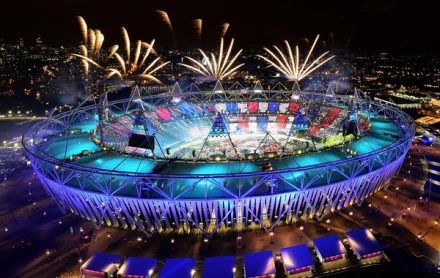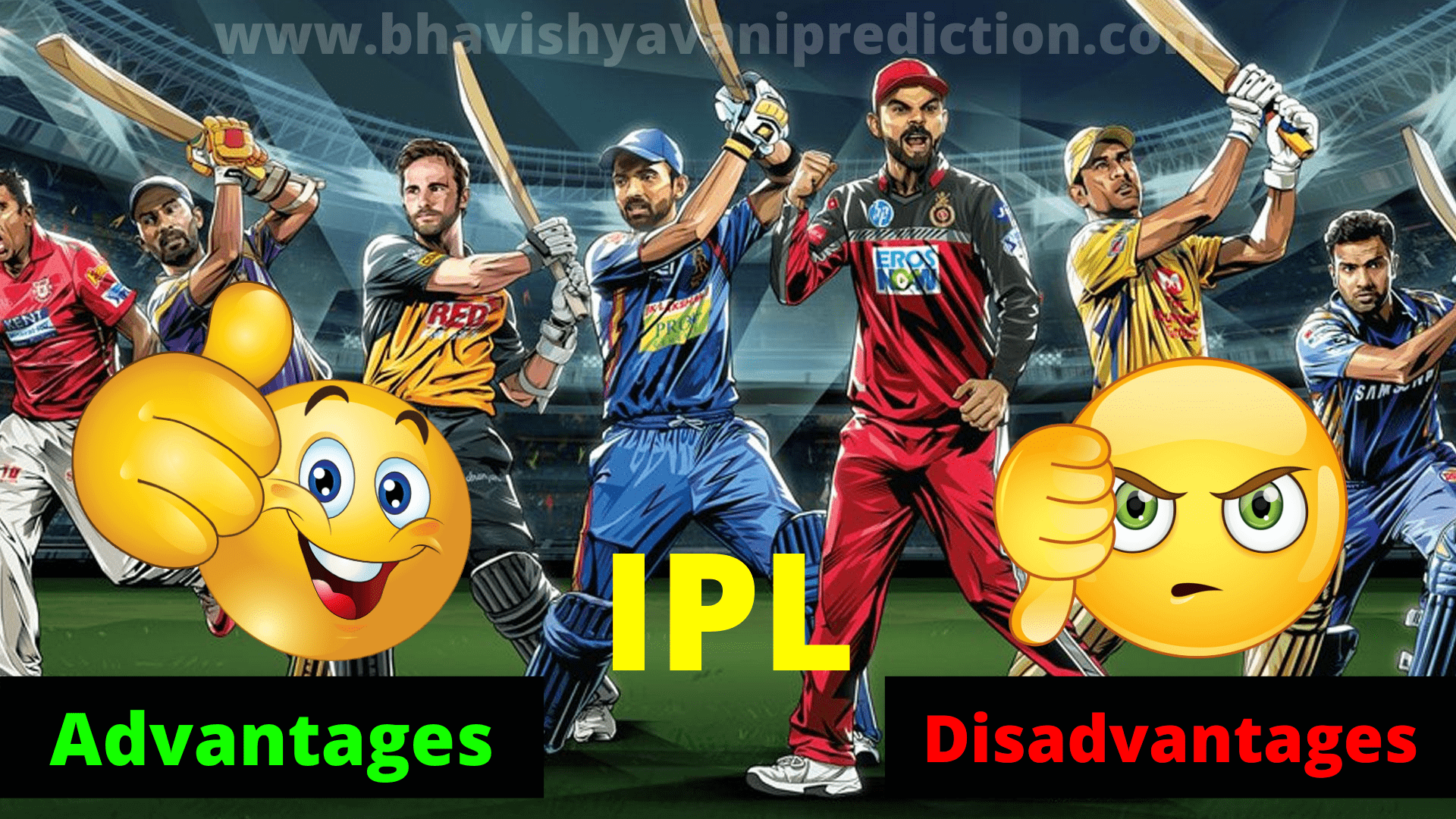Indian Premier League (IPL):
The Indian Premier League (IPL) is a professional Twenty20 (T20) cricket league in India, established in 2008 by the Board of Control for Cricket in India (BCCI). It revolutionized cricket by blending sports, entertainment, and commerce. Here’s a breakdown of its key features:

Format
- T20 Cricket: Each match lasts about 3 hours, making it fast-paced and viewer-friendly.
- Franchise Model: Teams represent major Indian cities (e.g., Mumbai Indians, Chennai Super Kings) and are owned by corporations, celebrities, or consortiums.
- Season Structure: Held annually between March and May, the league follows a round-robin format followed by playoffs and a final.
- Player Auctions: Teams bid for international and domestic players, creating a mix of global stars (e.g., Virat Kohli, AB de Villiers) and emerging talent.
Cultural Impact
- The IPL popularized cricket as entertainment, featuring cheerleaders, live music, and celebrity involvement.
- It attracts massive global viewership, with broadcasts in over 100 countries.
Economic Scale
- Valued at over $12 billion (USD) in 2025, it’s one of the richest cricket leagues globally.
- Revenue streams include sponsorships (e.g., Tata Group), media rights, and merchandise.
Pros of the Indian Premier League (IPL)
1. Platform for Domestic Players
- Opportunity to Shine: The IPL gives Indian cricketers—especially those from smaller towns or less privileged backgrounds—a chance to play alongside and against top international stars.
- Visibility: Talented players who might otherwise go unnoticed in domestic cricket can gain national and even international recognition through consistent performances in the IPL.
- Pathway to National Team: Many current Indian team members (e.g., Jasprit Bumrah, Hardik Pandya, Shreyas Iyer) were discovered or elevated through IPL performances.
2. Learning from Experienced Players
- Mentorship: Young Indian players train and play with seasoned professionals like Chris Gayle, Lasith Malinga, MS Dhoni, Virat Kohli, etc., learning not only skills but also match temperament, fitness, and professionalism.
- Coaching Staff: International coaches such as Gary Kirsten, Tom Moody, and Andy Flower have brought global coaching standards to Indian players.
- Exposure to Tactics: Exposure to high-pressure matches and diverse playing conditions helps players develop strategic thinking and adaptability.
3. Commercial Success
- Revenue Generation: The IPL is one of the most lucrative sports leagues globally. It generates massive revenue through broadcasting rights, sponsorships, and ticket sales.
- Funding Cricket Development: The Board of Control for Cricket in India (BCCI) uses IPL profits to fund infrastructure, grassroots programs, women’s cricket, and state-level tournaments.
- Economic Impact: The league creates jobs, boosts local economies during tournaments, and attracts foreign investment.
4. Global Exposure
- International Viewership: The IPL has a massive global fan base, especially in countries like South Africa, Australia, the UK, and the Middle East.
- Promotion of Indian Culture: With teams named after Indian cities and cheerleaders, music, and cultural elements incorporated into the game, the IPL promotes Indian culture internationally.
- Attracting Global Talent: Top international players participate in the league, enhancing its prestige and helping promote cricket worldwide.
5. Increased Fan Engagement
- Entertainment Factor: Music, dance, celebrity appearances, fireworks, and innovative camera angles make watching the IPL an entertaining experience beyond just cricket.
- Celebrity Ownership: Bollywood actors, industrialists, and politicians owning franchises add glamour and attract non-traditional cricket fans.
- Youth Appeal: The short format and fast-paced nature appeal to younger audiences, ensuring cricket remains relevant in a digital and entertainment-heavy world.
Cons of the Indian Premier League (IPL)
1. Potential Neglect of Other Formats
- Focus on T20s Over Tests/ODIs: The overwhelming popularity of the IPL may lead players and administrators to prioritize T20 cricket over longer formats like Test matches, which are considered the pinnacle of skill and endurance.
- Shift in Player Skills: There’s concern that players may focus more on aggressive strokeplay and power-hitting at the expense of classical techniques required in Test cricket.
- Crowded Calendar: The packed IPL schedule often clashes with international fixtures, leading to player fatigue and reduced time for other formats.
2. Commercialization Overshadowing Sport
- Money Over Merit: Some argue that the IPL prioritizes financial gains over sporting values. For example, team selections sometimes seem influenced by marketability rather than pure performance.
- Brand Over Balance: Franchises may invest more in marketing and branding than in nurturing talent or ensuring balanced competition.
- Match-fixing & Corruption Risks: The commercial stakes have led to controversies around spot-fixing and corruption, threatening the integrity of the sport.
3. Potential for Exploitation
- Unequal Pay Structure: While star players earn millions, many fringe or uncapped players receive relatively modest salaries despite putting in similar effort and training.
- High Pressure on Young Players: Young athletes face immense pressure to perform, often without adequate mental health support.
- Injuries and Burnout: The demanding schedule can lead to physical and mental exhaustion, increasing injury risks and reducing career longevity.
4. Impact on International Tours
- Clash of Schedules: Since the IPL occupies a dedicated window in the ICC Future Tours Programme (FTP), it often leads to the postponement or cancellation of bilateral series between nations.
- Reduced Opportunities for Smaller Nations: Lesser-known teams get fewer chances to play against top teams due to the dominance of the IPL calendar.
- Loss of Traditional Cricket Culture: Frequent tours help build relationships between countries and promote cricket in new regions. A lack of them weakens this cultural exchange.
5. Misuse of IPL as a Money-Making Resource
- Conflict of Interest: Allegations have been made about conflicts of interest within the IPL governing council, where decisions may be influenced by personal or corporate gains.
- Franchise Politics: Some believe that certain franchise owners may use the IPL for business networking, brand promotion, or political leverage rather than genuine passion for cricket.
- Lack of Transparency: Governance issues, including auction processes and disciplinary actions, have occasionally raised questions about transparency and fairness.
Conclusion: Balancing the Pros and Cons
The Indian Premier League has undeniably revolutionized cricket in India and globally. It has provided opportunities for countless players, boosted the economy, and entertained millions. However, its growing influence brings challenges related to the balance between commerce and sport, the long-term health of the game, and equitable treatment of all participants.
To ensure the longevity and integrity of cricket , stakeholders must:
- Protect traditional formats like Test cricket.
- Ensure fair treatment and protection of players.
- Promote transparency and accountability in governance.
- Encourage sustainable scheduling that allows both IPL and international cricket to thrive.
Ultimately, the IPL is a double-edged sword —a powerful engine of growth and innovation, but one that requires careful handling to avoid harming the very sport it aims to elevate.
IPL TEAM
Delhi Capitals Sunrisers Hyderabad Rajasthan Royals Chennai Super kings Gujrat Titans Kolkata knight Riders Lucknow Super Giants Mumbai Indians Punjab Kings Royal Challengers Bengaluru
